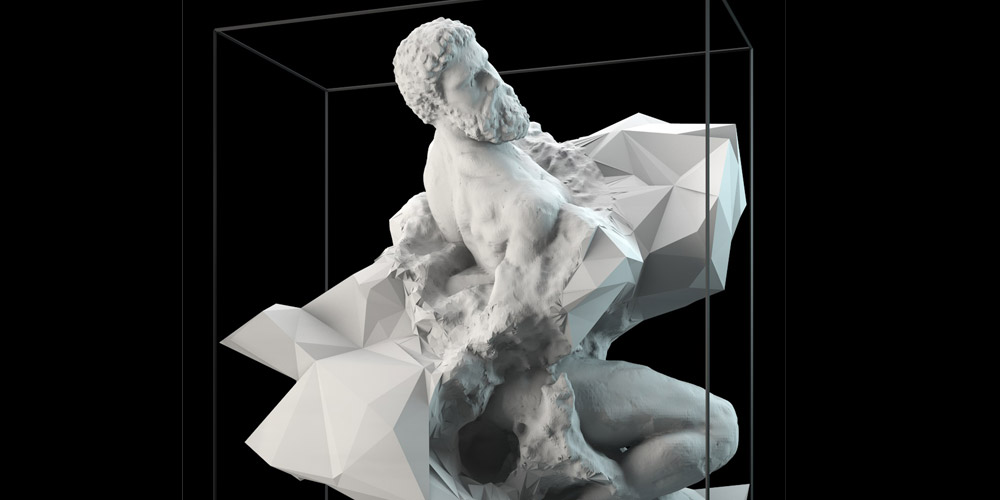Prix Ars Electronica 2014
Opening: THU September 4, 2014, 6 PM,
THU September 4-MON September 8, 2014, 10 AM-9 PM, SAT 10 AM-11 PM,
the exhibition will be opened until September 14, 2014!
OK im OÖ Kulturquartier
The CyberArts exhibition is a centerpiece of the Ars Electronica Festival. It showcases works honored by the Prix Ars Electronica in 2014.
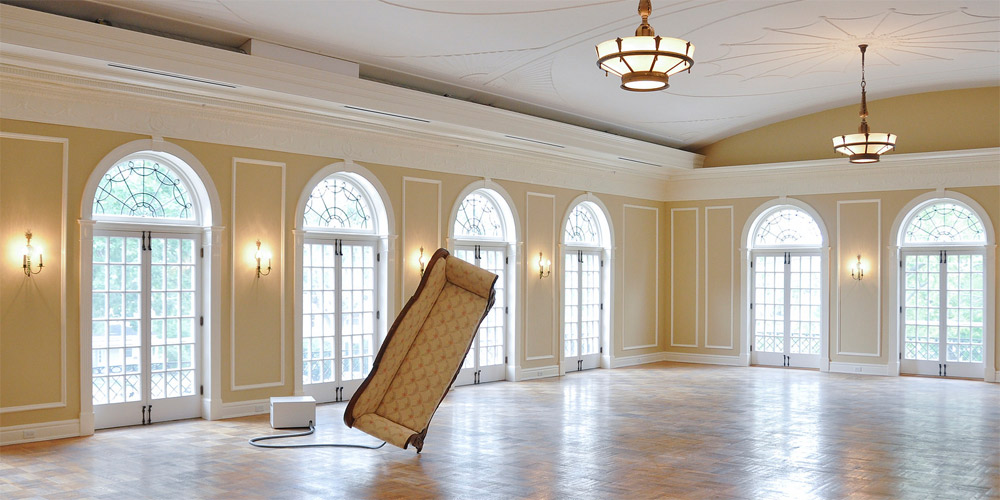
Balance From Within
Jacob Tonski (US)
Award of Distinction Interactive Art
Equilibrium is a fragile state. In interpersonal relationships too, the risk of losing one’s balance is always present. Starting with a 170-year-old sofa, Jacob Tonski created a sculpture that metaphorically represents the delicate equilibrium in situations played out on and around such a sofa—a get-acquainted chat, sex, or just couch potatoes watching TV. A sophisticated, computer-controlled mechanism enables this fine old piece of furniture to balance on only one of its four legs.
 Read more about this on our Ars Electronica Blog!
Read more about this on our Ars Electronica Blog!
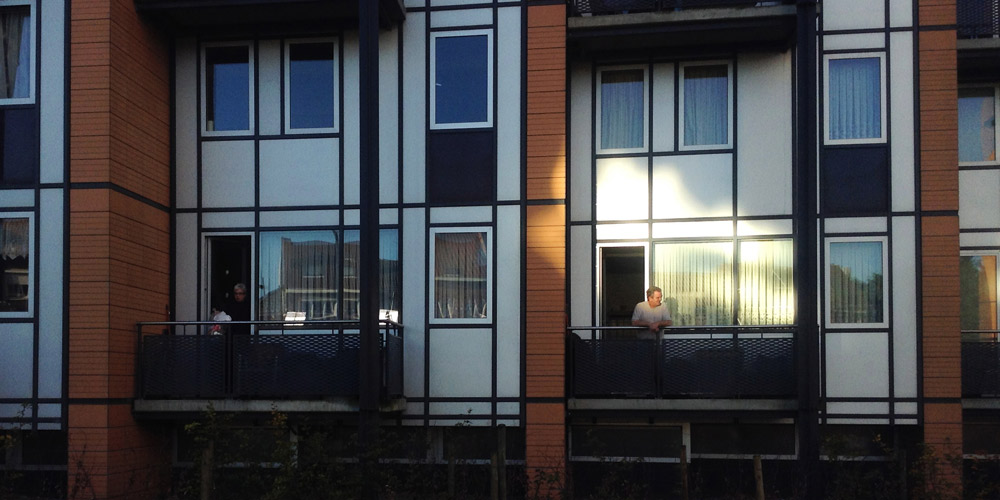
There is the sun
Ief Spincemaille (BE)
Honorary Mention Interactive Art
Sint-Maartensdal was supposed to be a model low-income housing project in the Belgian city of Leuwen in the 1960s. Unfortunately, however, the architects failed to take into account the fact that only about half the apartments ever receive sunlight. Or actually: received. In conjunction with a large-scale renovation, Ief Spincemaille provided relief with an installation consisting of a motorized mirror that can reflect light onto any desired point. And which shady flat gets the light on any particular day is determined by the residents themselves via an online reservation calendar.
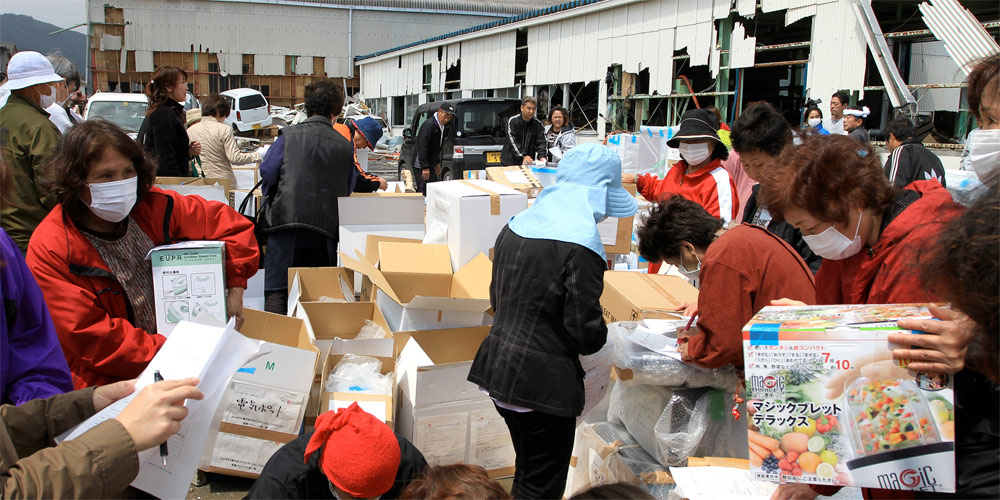
Project Fumbaro Eastern Japan
Golden Nica Digital Communities
Fumbaro is an autonomous online platform that was set up immediately after the catastrophic earthquake that rocked Japan in 2011. Based on Takeo Saijo’s philosophy of structural constructivism, it functions according to the principle of social media and interlinks groups of victims and helpers—with each other and amongst themselves. This speeds up the process of finding out specifically what kinds of help are needed as well as delivering aid precisely where, when and to whom it’s needed.
 Read more about this on our Ars Electronica Blog!
Read more about this on our Ars Electronica Blog!
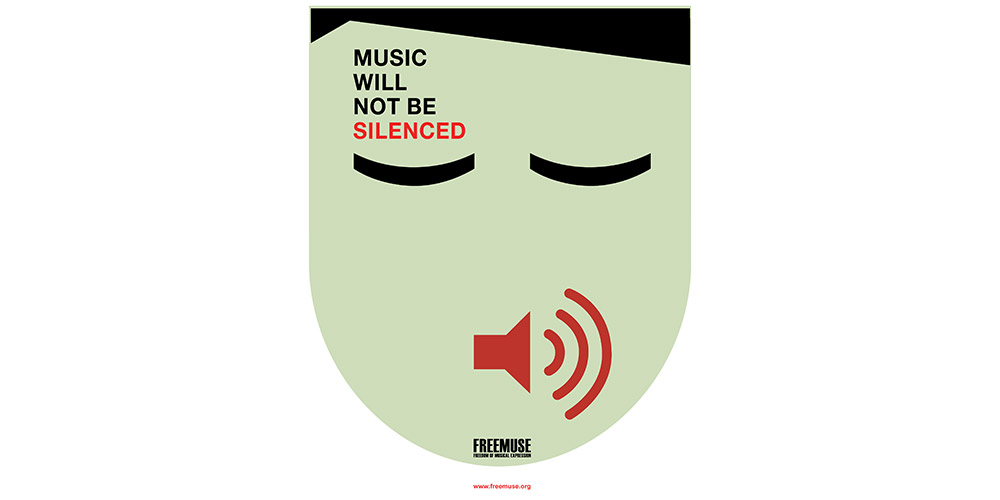
Freemuse
Award of Distinction Digital Communities
Freemuse is the world’s largest database about censored music. Set up in 1998, it documents violations of the right of free musical expression. Freemuse also supports musicians threatened by censorship and enables them to speak their piece online.
 Read more about this on our Ars Electronica Blog!
Read more about this on our Ars Electronica Blog!
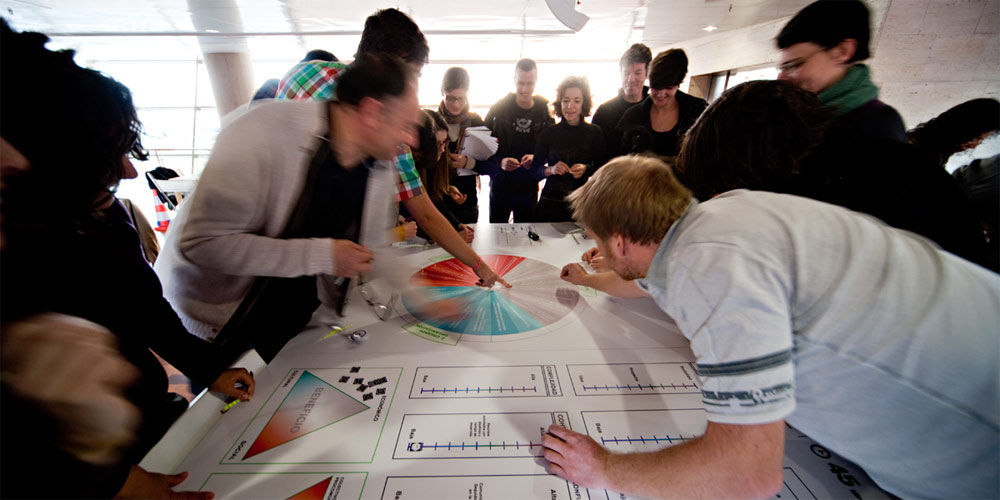
Goteo
Award of Distinction Digital Communities
Since the Goteo crowd funding and crowd sourcing platform was established by the Fuentes Abiertas Foundation in late 2011, it has raised over $1.5 million in capital for open source, copyleft and commons projects. Plus, the Goteo network has established itself as a community of communities and, to date, trained approximately 1,000 activists in collective fundraising.
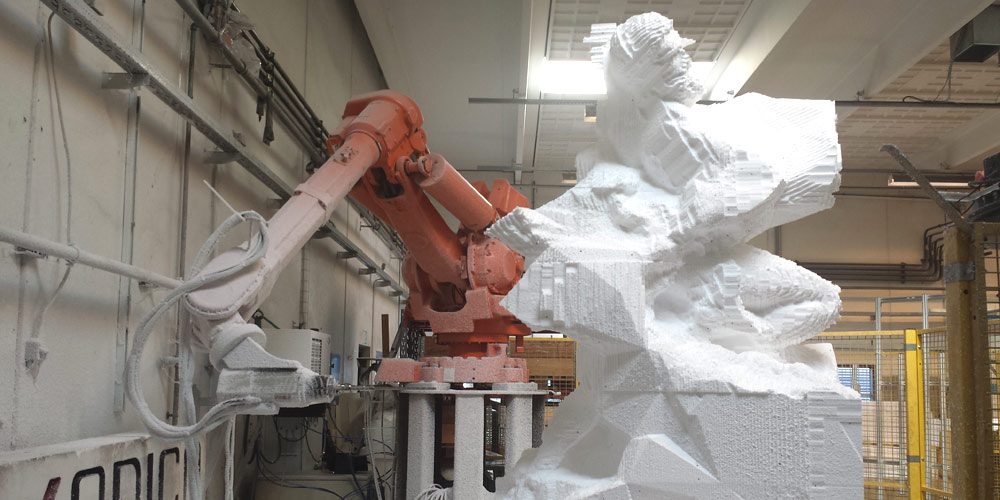
Captives
Quayola (IT/UK)
Honorary Mention Interactive Art
Captives is an ongoing series of sculptures—some digital, some three-dimensional—that constitute a continuation and contemporary reinterpretation of Michelangelo’s unfinished Prigioni series and his famous non finito technique. The works explore the tension and balance between form and content on one hand, and between manmade perfection and the complex, chaotic forms of nature on the other.

Box
Bot & Dolly (US), Julia Gottlieb (US)
Award of Distinction Computer Animation/Film/VFX
Box confronts the interrelationship between real and digital space in the medium of film. Gottlieb’s work blends animation, robotics and projection mapping into a hybrid of art, technology and experimental film design. Video on Vimeo.
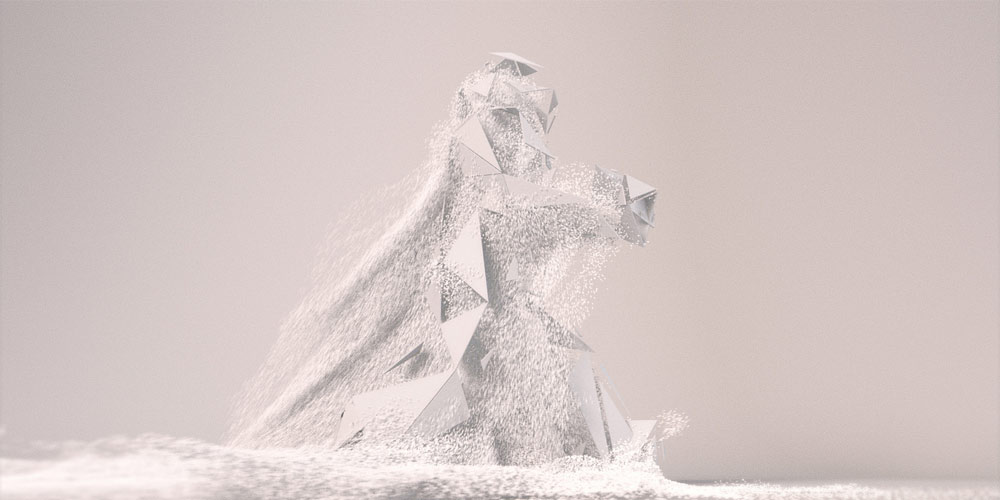
Walking City
Universal Everything (GB): Matt Pyke (GB)
Golden Nica Computer Animation/Film/VFX
Matt Pyke’s prizewinning work Walking City evokes utopian architectural visions of the 1960s. What initially appears to be a 3-D figure in a digital outer shell turns out to be a gradually morphing video sculpture endlessly striding through a nomadic city. As it progresses, Pyke’s hard-charging walker spans a stylistic arc interconnecting Buckminster Fuller, Richard Rogers, Daniel Liebeskind and biomorphic spatial structures.
 Read more about this on our Ars Electronica Blog!
Read more about this on our Ars Electronica Blog!
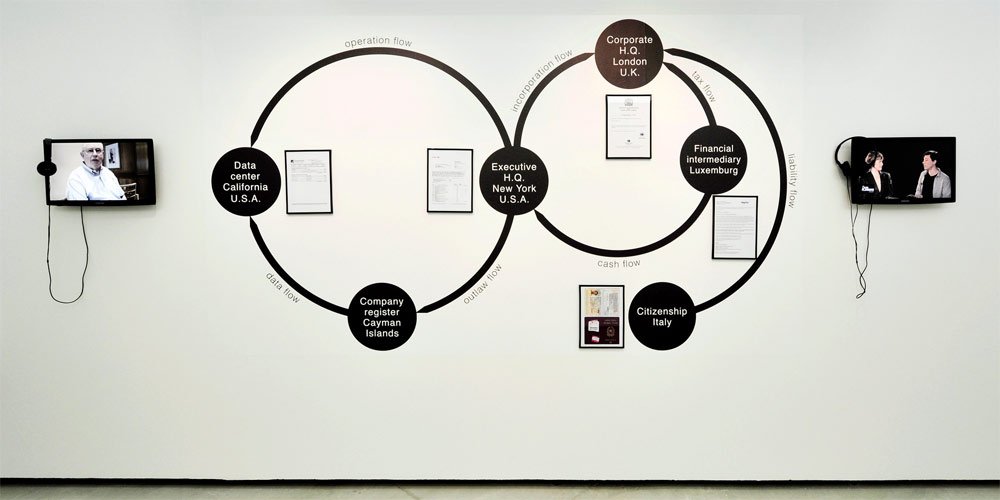
Loophole for All
Paolo Cirio (IT/US)
Loophole4All is the outcome of a bold tour de force by Paolo Cirio. He hacked the government website of the Cayman Islands, a Caribbean tax haven, and found out the true identities of 200,000 anonymous offshore letter-box companies there. Cirio followed up his big score as a corporate identity thief by selling shares in these secretive enterprises for as low as 99¢ as a way of collectively hijacking them. The upshot: immediate, massive legal threats from the unmasked tax dodgers and lots of media coverage worldwide.
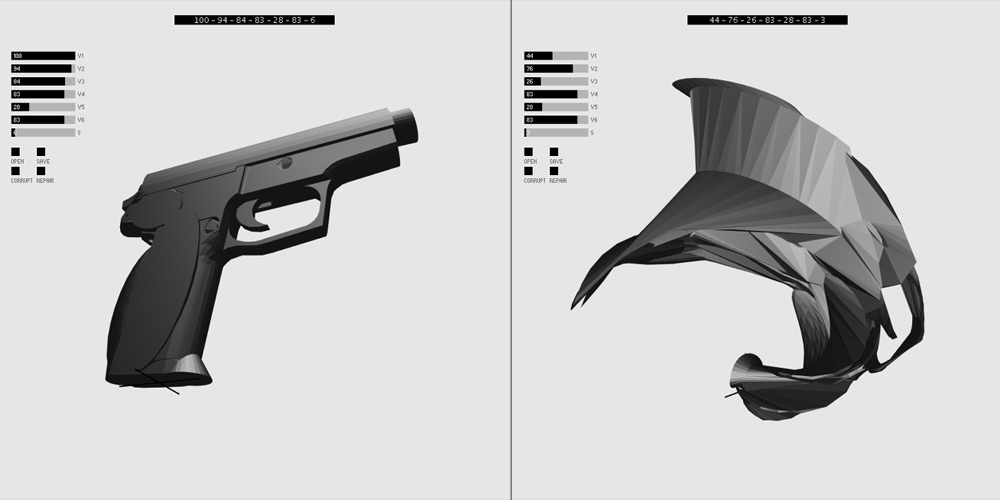
Disarming Corruptor
Matthew Plummer-Fernandez (UK)
Award of Distinction Interactive Art
To protect the creative community’s sensitive documents from the prying eyes of law enforcement agencies and patent attorneys, Matthew Plummer-Fernandez developed Disarming Corruptor. This encryption software intentionally inflicts reversible damage on STL mesh files—for instance, schematic drawings of a 3-D printer—and thereby makes them illegible by third parties. Insiders, on the other hand, have no trouble restoring their files.
 Read more about this on our Ars Electronica Blog!
Read more about this on our Ars Electronica Blog!
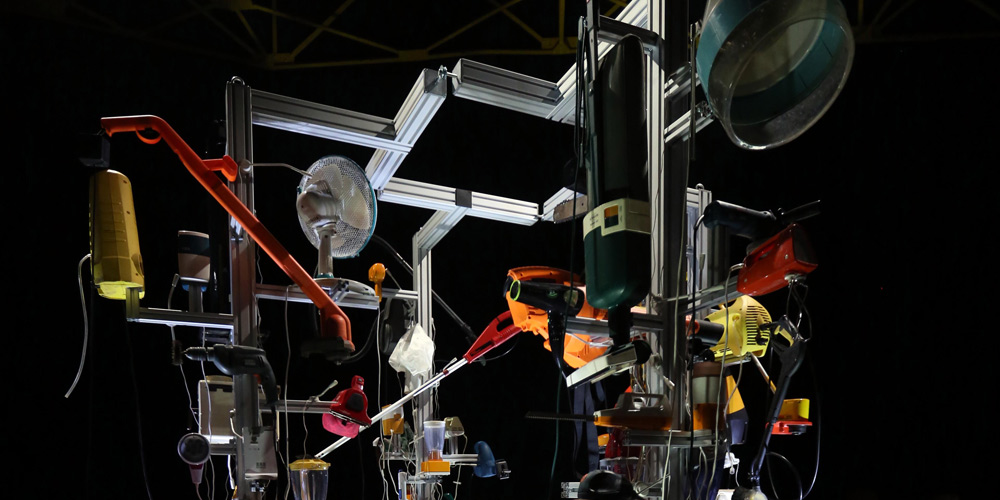
Das Vergerät
Boris Petrovsky (DE)
Honorary Mention Interactive Art
As part of the Vergerät, even the most banal novelties become adventures again. It makes software available to its users to input information for each other, though it’s translated and conveyed in highly unconventional fashion. The nodes of this communications network are electrical appliances: coffee grinders, espresso machines, vacuum cleaners, microwave ovens, toothbrushes, massage devices, leaf blowers, epilators, etc.—in short, all the high-tech crap that makes everyday life paradise on Earth.

Transfigurations
Agi Haines (UK)
Honorary Mention Interactive Art
The human body consists of numerous components that, at this point in humankind’s ascent to technical mastery, could easily be optimized. So what actually prevents people from surgically improving their efficiency? How the optimization of the human body might work in actual practice is illustrated by Transfigurations in the form of five animated mechatronic babies. Each one stands out with a particular souped-up body part and its correspondingly upgraded capabilities.
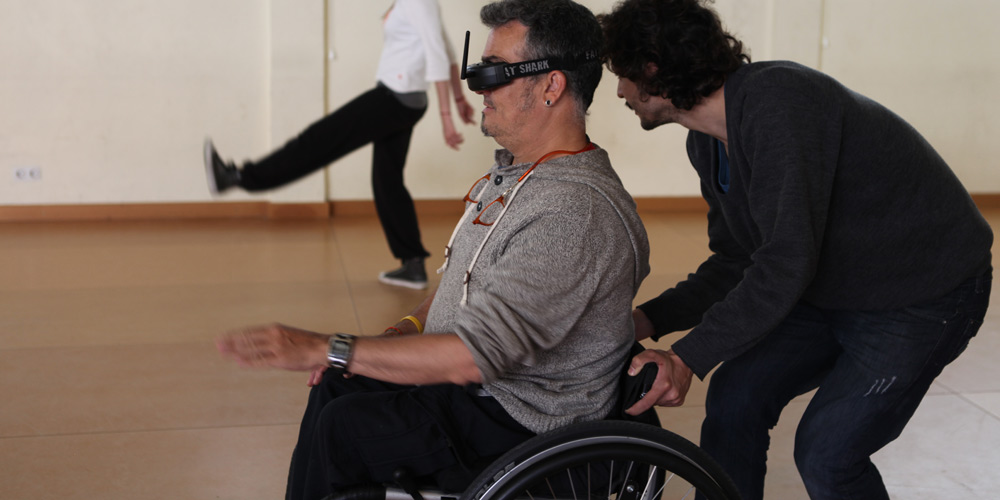
The Machine to Be Another
BeAnotherLab (Transnational): Philippe Bertrand (BR), Christian Cherene (GB), Daniel Gonzalez-Franco (CO), Daanish Masood (SA), Marte Roel (MX), Arthur Tres (FR)
Honorary Mention Interactive Art
The exhilarating experience of existing inside another person’s body isn’t just a pipedream anymore; The Machine to Be Another now makes it come true. This interaction system combines human actions with tele-presence capabilities and neurological knowhow, and has already been employed in experiments and performances having to do with an astoundingly wide array of topics—for example, xenophobia, mother-daughter relationships, sensitivity to pain, and gender identities.
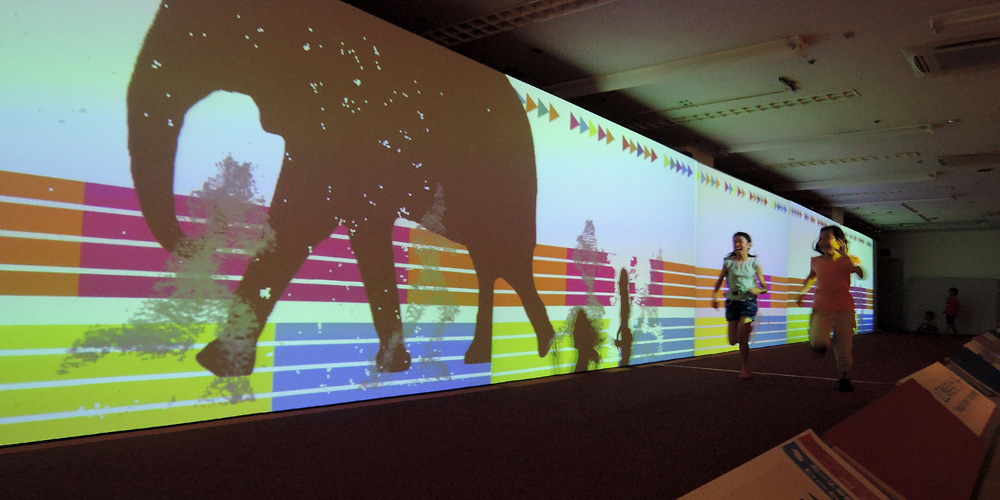
Sports Time Machine
Ryoko Ando (JP), Hiroshi Inukai (JP)
Honorary Mention Interactive Art
The advent of Sports Time Machine means the dawn of a new age for ambitious runners. Even when they’re dashing along by themselves on a treadmill, they can compete in realistic race situations against virtual opponents projected onto the surrounding walls.
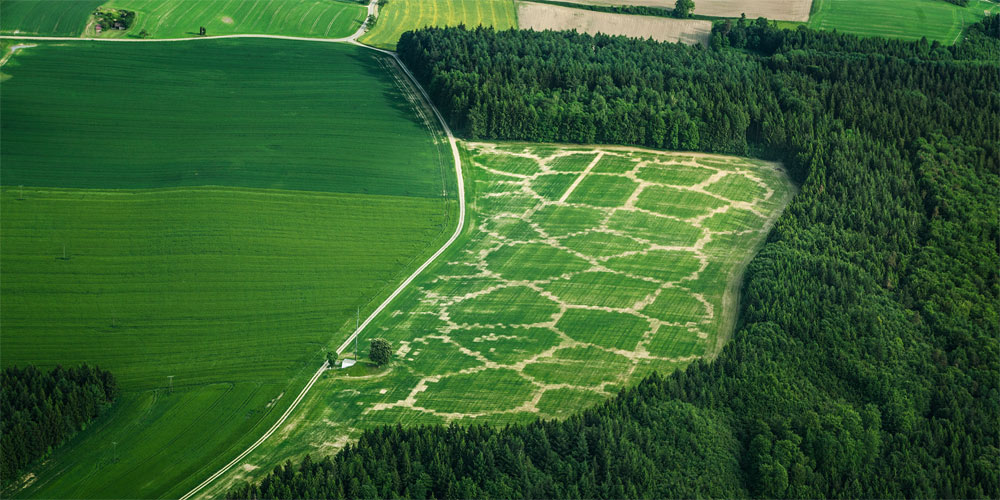
Avena+ Test Bed – Agricultural Printing and Altered Landscapes
Benedikt Groß (DE)
Honorary Mention Interactive Art
Mechanical harvesters precisely steered via satellite navigation on optimal routes across fields mapped with digital precision have long since become a reality—and the first harbingers of the next European agricultural revolution. Over the coming years, this will further intensify as part of a digitized sector of production in which a reorientation is looming: cutting back cultivation of foodstuffs; increasing production of biogas. This has substantial consequences for land use. In a pilot project, Benedikt Gross experimentally applied the principles of digital manufacturing to agriculture in an effort to make this upcoming structural shift as ecologically tolerable as possible.
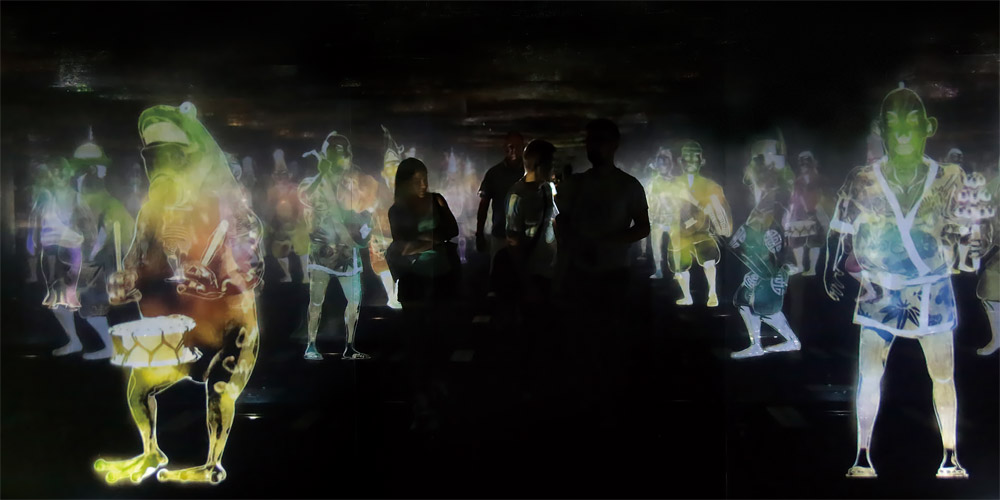
Peace Can Be Realized Even Without Order
teamLab (JP, CN, ROC)
Honorary Mention Interactive Art
This interactive installation features a seemingly endless series of music-making and dancing holograms. Each one marches to the beat of a different drummer, but nevertheless reacts to the sounds and movements of its neighbors. Although externalities like the sudden presence of installation visitors briefly disrupt their harmonious coexistence, the accord within the ensemble is quickly reestablished.
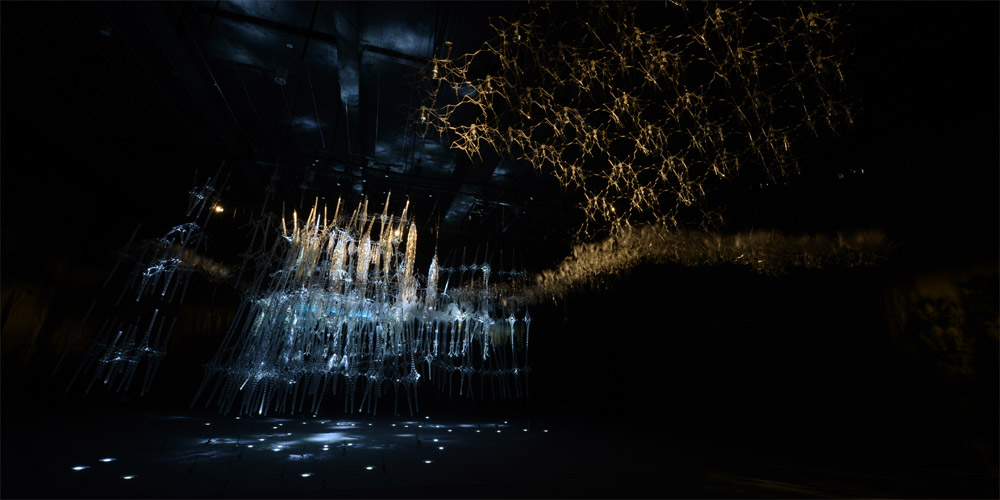
Epiphyte Chamber
Philip Beesley (CA)
Honorary Mention Interactive Art
Visitors experience Epiphyte Chamber as an extremely sensual, intimate space in which a wide variety of tiny domains bustling with activity are connected with more spacious zones of encounter, a network of floating islands full of sprightly, digitally rendered components that breathe and whisper to one another almost synchronously, and whose coordinated movements imitate human feelings.
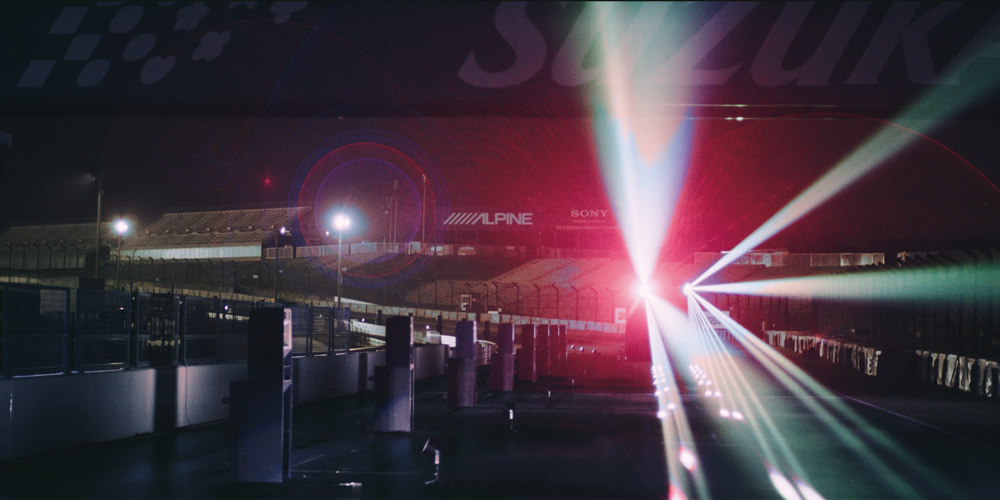
Sound of Honda / Ayrton Senna 1989
Kaoru Sugano (JP), Sotaro Yasumochi (JP), Yu Orai (JP), Nadya Kirillova (RU/JP), Kyoko Yonezawa (JP), Kosai Sekine (JP), Taeji Sawai (JP), Daito Manabe (JP)
Honorary Mention Interactive Art
Sound of Honda / Ayrton Senna 1989 is based on Formula 1 data that’s now 24 years old. Available as a website and a smartphone app, this work recreates the sounds and images of a now-legendary lap around the 5,807-meter-long Suzuka Circuit race course that Ayrton Senna turned in to qualify for the 1989 Japanese Grand Prix. His time of 1:38:041 has never been equaled.

Clouds
James George (US), Jonathan Minard (US)
Honorary Mention Interactive Art
Filmed in a new 3-D cinematic format and produced exclusively with open-source software, Clouds is an interactive documentary film about the broad zone at the nexus of code and culture. It consists of interviews with over 40 artists, intellectuals, hackers and designers about new forms of artistic expression. A data-fed story engine moves this vehicle that’s constantly re-editing itself and its endlessly reconfigured sequence of conversations among leading-edge thinkers.

Swarm
James Coupe (UK)
Honorary Mention Interactive Art
James Coupe was inspired to create Swarm by J. G. Ballard’s novel “High Rise” set in an apartment building in which thousands of people live crowded together. Coupe used four rows of monitors screening panorama representations of various human subgroups to produce a visualization of the logic behind social media. It’s based on communities that are organized according to demographic criteria having to do with markets, habits and interests. “Swarm” portrays these agglomerations of people with shared interests as gallery visitors: men in their 20s, women in their 50s, ethnic Asians, people wearing black, et al. These and other demographic groups aggressively assert themselves in the installation’s virtual gallery space and propagate an atmosphere of mutual hostility somewhere between rivalry and utter indifference.
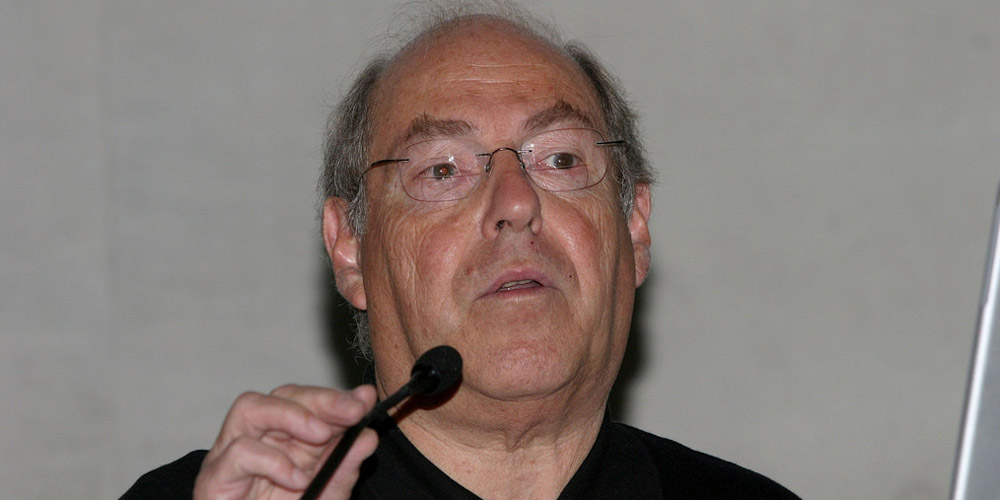
Roy Ascott (UK)
Golden Nica Visionary Pioneers of Media Art
British artist Roy Ascott was awarded the first Golden Nica in this category for his life’s work. Over 55 year, he has envisioned cybernetic, telematic, technoetic art and brought this vision to fruition. Since 1961, he has exhibited his works at biennials and major shows in Venice, Shanghai, Seoul, Amsterdam, Paris and London. His contribution to the 1989 Ars Electronica Festival was “Aspects of Gaia,” a work that juxtaposed the experience of telematic disembodiment to presence in physical space, and thereby constituted a milestone in hybrid media art.
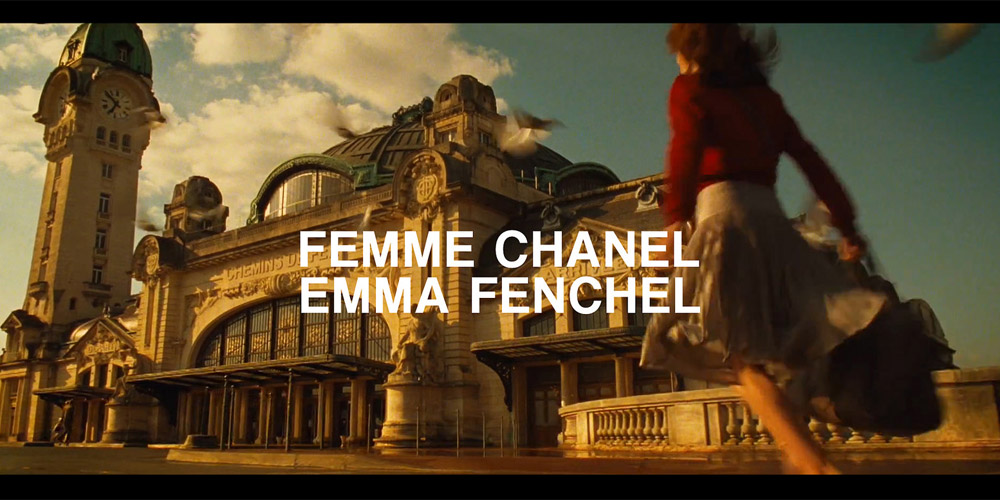
Femme Chanel – Emma Fenchel
Sarah Oos (AT)
Golden Nica u19 – CREATE YOUR WORLD
“Femme Chanel – Emma Fenchel” is a video that very elegantly sequentializes and recontextualizes found footage—that is, elements of previously existing films. The points of departure were “Night Train,” a commercial for Chanel No. 5 perfume, and feature films starring actress Audrey Tautou. “Emma Fenchel” consists primarily of cuts interconnecting formally well-matched sequences from other motion pictures. This revision of the sequence of the cuts as well as the insertion of other material modifies the message of the fragrance commercial, whereby the initially demure Audrey Tautou—playing a stereotyped female image propagated by advertising—mutates into a man-eating femme fatale.
 Read more about this on our Ars Electronica Blog!
Read more about this on our Ars Electronica Blog!
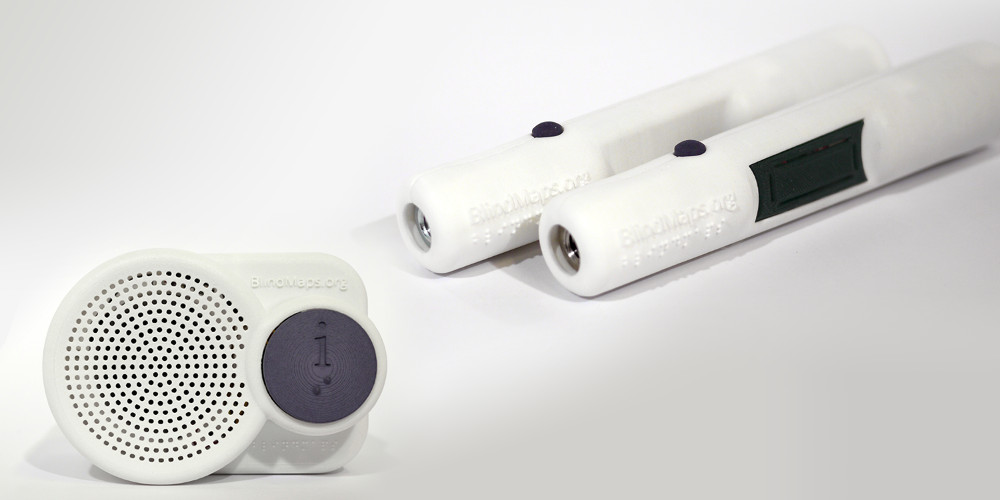
BlindMaps
Markus Schmeiduch (AT), Andrew Spitz (FR), Ruben van der Vleuten (NL)
Winner [the next idea] voestalpine Art and Technology Grant
BlindMaps is an R&D project investigating what sorts of navigation aids could make life easier and safer for blind people trying to get around in a strange city. The answer: not one that issues verbal/audible directions, but rather one that features a Braille-capable touchscreen that’s based on popular online maps and takes advantage of the possibilities afforded by a smartphone.
 Read more about this on our Ars Electronica Blog!
Read more about this on our Ars Electronica Blog!
 Read more about this on our Ars Electronica Blog!
Read more about this on our Ars Electronica Blog!

